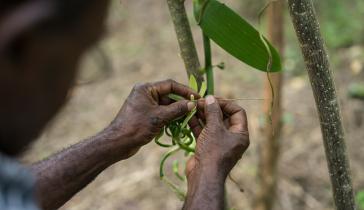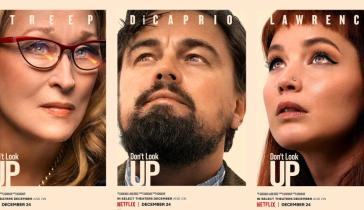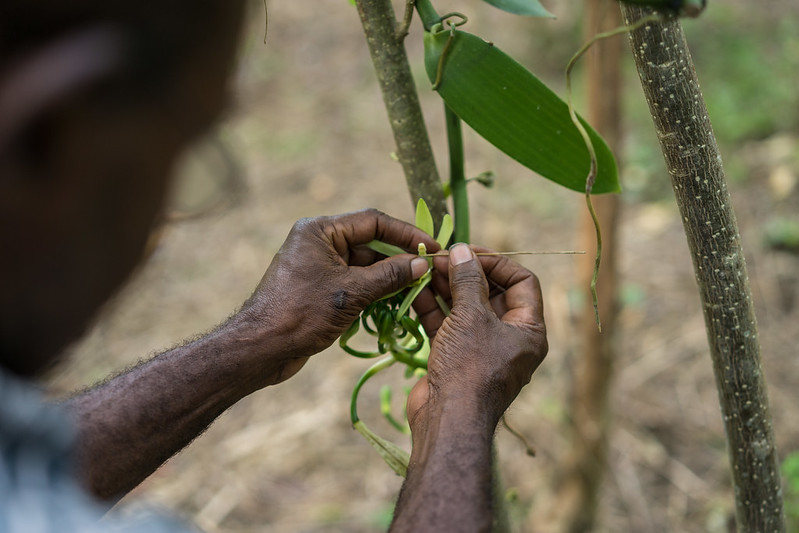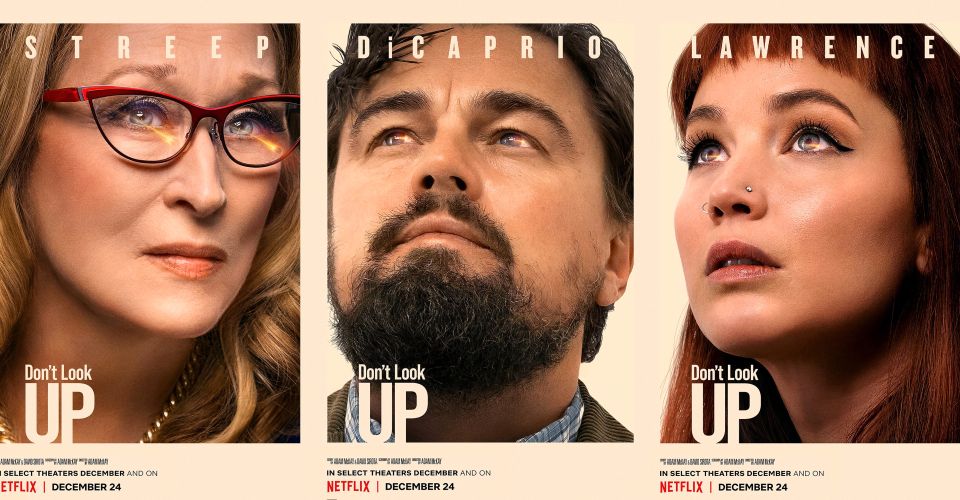The average person consumes 27 pounds of bananas per year. Bananas are one of the most ubiquitous fruits on the planet, but have you ever taken a moment to ask why?
It’s straightforward: bananas are malleable, filling, rich in essential nutrients such as potassium and fiber, easy to eat for nearly all ages and abilities, and best of all, they’re often the most affordable fruit in the store.
Like other popular produce items, the rise of the banana is not straightforward, but unlike its peers, it’s future is less certain.
NPR’s Throughline podcast did a deep dive on the banana’s background in the episode titled, “There Will Be Bananas.” Hosts Rund Abdelfatah and Ramtin Arablouei started with the history of the modern banana industry and the pioneer who helped lead it, Minor Keith.
Keith was an entrepreneur who was building a 100-mile railroad from Costa Rica’s San Juan to its coastal city of Límon–a never-before attempted project through a massive jungle.
Keith was growing bananas to feed his hundreds of workers who were dying from heat, dysentery, and poisonous animals. Pretty soon, he realized he had a cheap product, cheap labor, and a way he could distribute it to the masses via his railroad and port.
The rest of the story goes further into how the banana industry broke barriers. Transporting the fragile fruit led to development of the first refrigerated ships, marketing the fruit led to an ingenious marketing strategy to dispel negative connotations around the suggestive shape, and maintaining control of the industry eventually led to the Cuban Missile Crisis.
It’s mind-blowing how the banana has and continues to shape our world. Now, however, this little fruit is in crisis and the world economies built around it are too. The banana’s genetic code tells a very interesting story.
Most fruits have varieties that are grown en mass. Take an apple, from Red Delicious to Pink Lady to the new Cosmic Crisp and everything in between, apples have different genetic coding from breed to breed. It’s nearly impossible to breed any banana; they grow with three chromosomes instead of two meaning there are no seeds. The only way to grow a banana tree is to cut and plant a piece of an existing banana tree, making almost all bananas genetically identical.
The issue of “banana wilt” took the national stage when the documentary Food Evolution was released three years ago. It’s a disease that kills off bananas and damages the soil in which banana trees grow. And it’s spreading rapidly.
This isn’t the first time bananas have been killed off by disease. In the 1950s, Panama disease took out the previously dominant banana variety, the Gros Michel. At the time, the Cavendish was a rare variety of bananas that was found to be resistant to Panama disease. It was a great short-term solution, but it seems nobody really thought about what would happen 100 years down the line. Today most bananas harvested and 99% of all bananas exported to the US and Europe are Cavendish. Eighty years after Panama disease first struck, a new strain of Panama disease, Tropical Race 4 (TR4), is threatening the Cavendish variety. The economies of entire countries are in jeopardy if bananas disappear, and scientists are racing against the clock to save them.
With gene editing and other breeding innovations, disease-resistant bananas seem within reach. Companies like Tropic Biosciences are working tirelessly on a long-term solution against banana wilt. To learn more, watch this BIO video or read more on Innovature.




.jpg?itok=5epg0qxZ)


.jpg)











.png)


